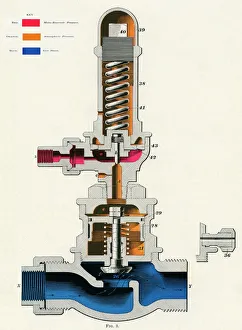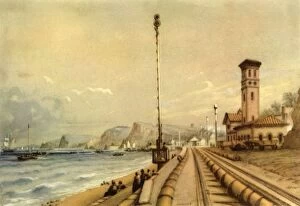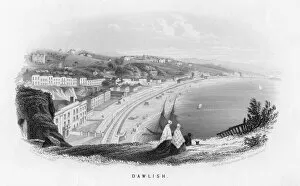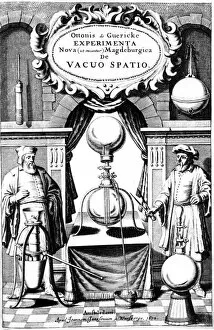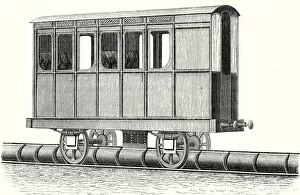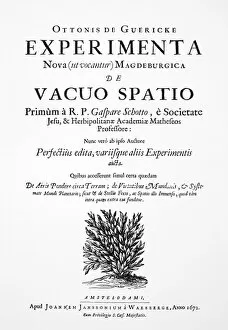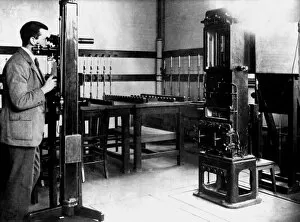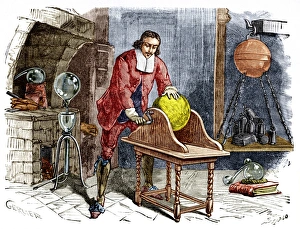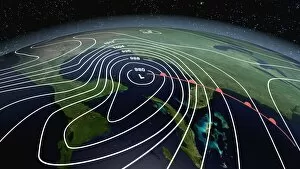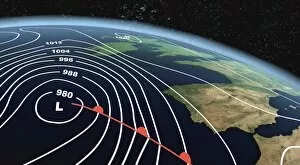Air Pressure Collection
Air pressure plays a crucial role in various aspects of transportation and engineering
All Professionally Made to Order for Quick Shipping
Air pressure plays a crucial role in various aspects of transportation and engineering. From the Pump Governor developed by Westinghouse Air Brake to the Atmospheric Railway at Dawlish, it has been harnessed for its incredible power and efficiency. In 1847, an unknown creator introduced the world to the Atmospheric Railway at Dawlish. This innovative system utilized air pressure to propel trains along tracks, revolutionizing locomotion during that time period. Equilibrium and movement of the air were carefully studied in c1851, further enhancing our understanding of this powerful force. The leading carriages showcased intricate mechanisms such as tubes, pistons, heaters, and closing wheels in 1845. These components worked together harmoniously under the influence to ensure smooth operation on railway lines. The Viaduct on the Croydon Atmospheric Railway stood tall as a testament to human ingenuity in 1845. Portions of tubes used on atmospheric railways were captured by unknown creators in 1845. These images highlight how engineers incorporated air pressure into their designs with precision and accuracy. Meanwhile, picturesque views of Dawlish, Devon around c1860 remind us how nature coexists with man-made marvels powered by air pressure. Beyond Britain's shores lay other remarkable examples like Kingstown and Dalkey Atmospheric Railway near Dublin (1845) or Clegg and Samudas atmospheric railway (1845). These projects demonstrated that harnessing air pressure was not limited to one location but had global potential. However, it was Otto von Guericke who truly pioneered our understanding of this phenomenon back in 1672 when he conducted demonstrations showcasing both the power and strength within a vacuum. As a German inventor, engineer, and physicist ahead of his time; Von Guericke's contributions paved the way for future advancements utilizing this invisible force. Today we continue to benefit from these early discoveries as we witness how modern technology utilizes air pressure in various applications.

